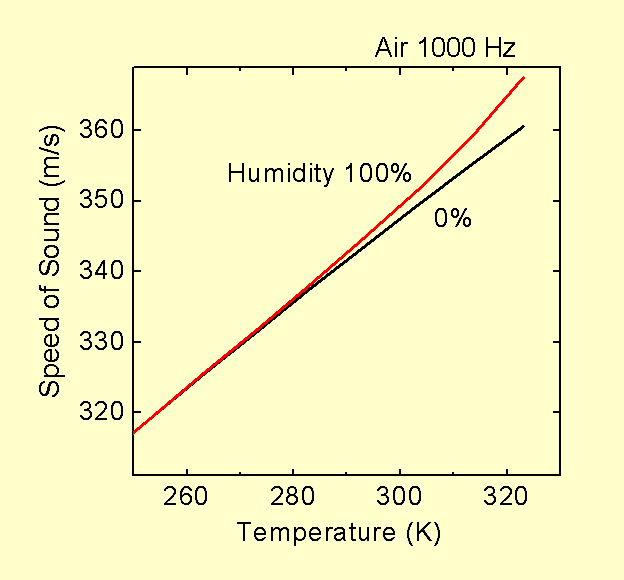
We think of sound as moving through air, subject to temperature and medium. But, we take the medium for granted–it’s air, and maybe sometimes water.
So when we talk about the speed of sound, we usually mean how fast it moves through air. But it can travel more than 100 times faster through other media. Now scientists at the University of Cambridge and Queen Mary University of London claim to have identified the absolute top speed of sound.
The researchers calculated that the fastest possible speed that sound can travel is at 22.4 miles per second, or a little over 36 kilometers per second– when sound passes through solid metallic hydrogen as found on the core of the gas giant Jupiter.
That’s more than 100 times faster than its average speed through air, which is 343 m (1,125 ft) per second, and three times faster than its previously-measured top speed of 12 km (7.5 mi) per second, through diamond.
The conditions only occur under immense pressure, when atomic hydrogen is compressed into a metallic solid that can easily conduct electricity – and sound.
The researchers came to this conclusion by studying two fundamental constants – the fine structure constant and the proton-to-electron mass ratio. These numbers play huge roles in a variety of scientific fields, including in this case, material properties.
The team used quantum mechanical calculations to test just how fast sound would move through the material, and found that the speed is close to the theoretical fundamental limit.
“We believe the findings of this study could have further scientific applications by helping us to find and understand limits of different properties such as viscosity and thermal conductivity relevant for high-temperature superconductivity, quark-gluon plasma and even black hole physics,” says Kostya Trachenko, lead author of the study.
Not so much AV, but when cocktail parties are back you’re all set with a conversation starter.
The research was published in the journal Science Advances.
Source: Queen Mary University of London










